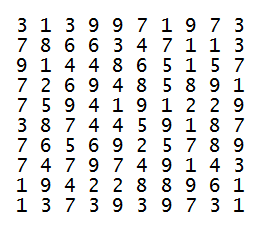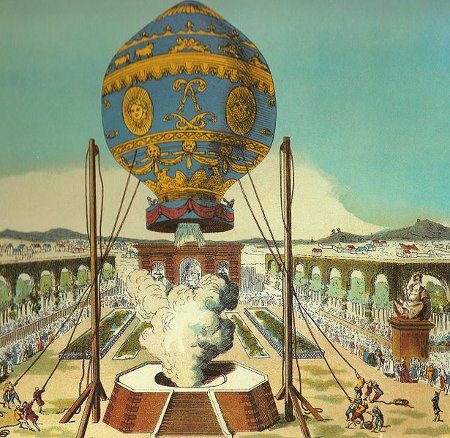The following anecdote appears so marvellous, that we can scarcely expect it to obtain general belief; but it has been transmitted to us by a most respectable correspondent; a correspondent who is far from being credulous himself, and who has no interest in deceiving others:–‘The other day, a horse belonging to Mr. Thomas Johnstone, tenant on the estate of Major Culton of Auchenabony, having lost a shoe, and probably feeling his foot somewhat uneasy from the want of it, left the field where he was grazing, and went to a smithy about a mile distant, where he used to be shod. On arriving, he was observed to pause a few minutes, as if in expectation that the owner of the house would come out, and introduce him in due form; but finding nobody in attendance, he walked in, placed himself in the corner where he used to stand during the operation of shoeing; and on the smith’s coming in, he instantly made known his errand by holding up the shoeless foot. Soon after, the owner of the horse having missed him, came to the smithy in the course of his search, and to his no small surprise, found THE SMITH ENGAGED IN PUTTING ON A SHOE!’
— “Dumfries paper,” quoted in The Kaleidoscope, July 10, 1821




